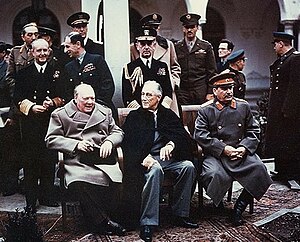 The whole purpose of Degree-Day analysis is to adjust consumption expectations with respect to outside air temperature. So, if we subtract the "degree-day related" amount of consumption from the total consumption, we are left with the consumption that varies in a manner unrelated to temperature. It only takes a few minutes of reflection to realise that this is not the only significant weather factor.
The whole purpose of Degree-Day analysis is to adjust consumption expectations with respect to outside air temperature. So, if we subtract the "degree-day related" amount of consumption from the total consumption, we are left with the consumption that varies in a manner unrelated to temperature. It only takes a few minutes of reflection to realise that this is not the only significant weather factor.
The implication is that if we can "clear away" the temperature related variation, we can identify the other factors that may favourably or adversely affect your costs, addressing these may be important.
Let's think about some of these, but to make it more meaningful we will consider an extremely specific building for illustration purposes:
Our building is a draughty wooden-framed building with a lake to the south-east and a hill on the south west, woods to the north and a huge church due south that blocks midday sunlight, due south. Unusually for such a building it has large south facing glass frontage. The smart ones will have worked out that our building is somewhere in the northern hemisphere, so lets assume it is in Ontario (hey it can be anywhere we choose) so it is quite northern lying (which means that day lengths are very different in summer and winter).
Now let's consider some weather scenarios and see how the energy use might be affected in summer and winter.
Wind-speed and direction
A strong south-easterly warm wind (not uncommon) strikes the hill and it rains, dry air descends over the hill and is warmed as the atmosphere compresses it. This is the foehn , or chinook, Favonio, Garnoosh, Helny, or Helm wind. The effect is so marked that it has names all over the world - a simple change in wind direction can lift air temperatures locally by 20 Celsius in as short as half an hour. These are similar but not identical to dry deserts winds like the Santa Ana.
On a clear night in winter or summer temperatures fall fast, and the morning is bright, the sun, rising in the south-east in spring and autumn, but hardly at all in winter, is low on the horizon and sun, both direct and reflected from the lake heats the glazed frontage. What was an overnight heating demand, suddenly becomes a cooling demand, until blocked by the church around noon. Controlling temperature is expensive. Planting shrubs low in the south-eastern garden might pay off !
Rain and Humidity
When it rains, heat loss is accelerated, but when it is dry and warm but humid, the cost of cooling increases.
Snow cover
Daylight hours
In winter there are long-nights, and in summer long evenings and bright mornings. The time of evening that darkness descends can be expected to affect both lighting costs and heating bills. If it does not, then there is scope for rationalisation !
Free Degree Day Weather data service






